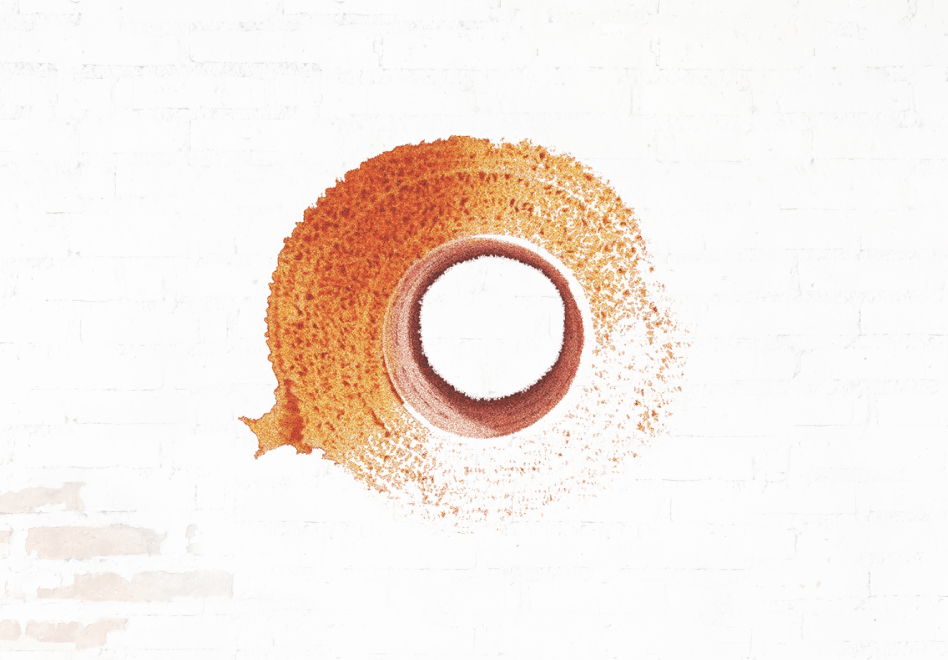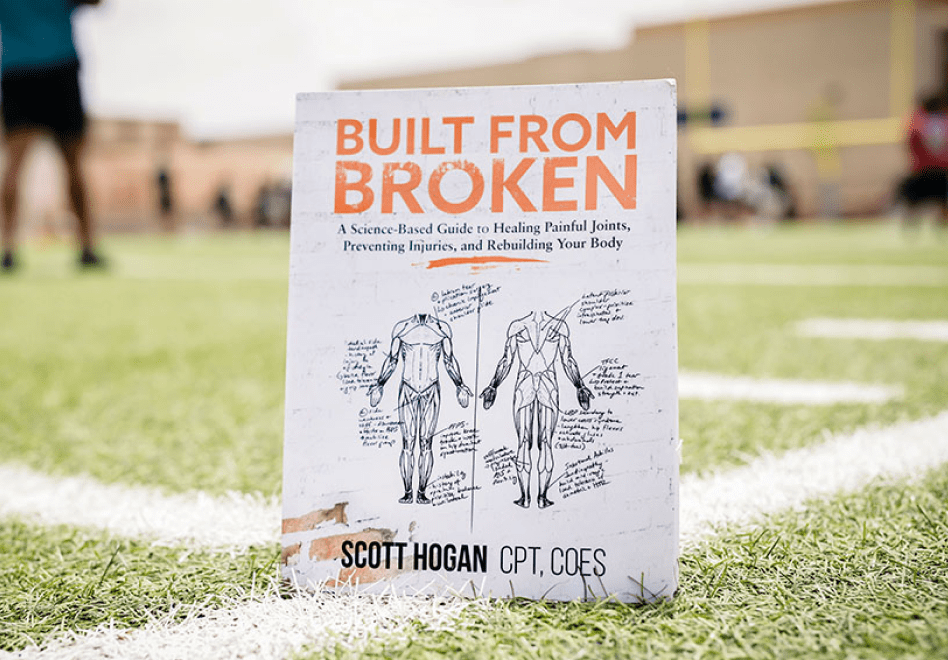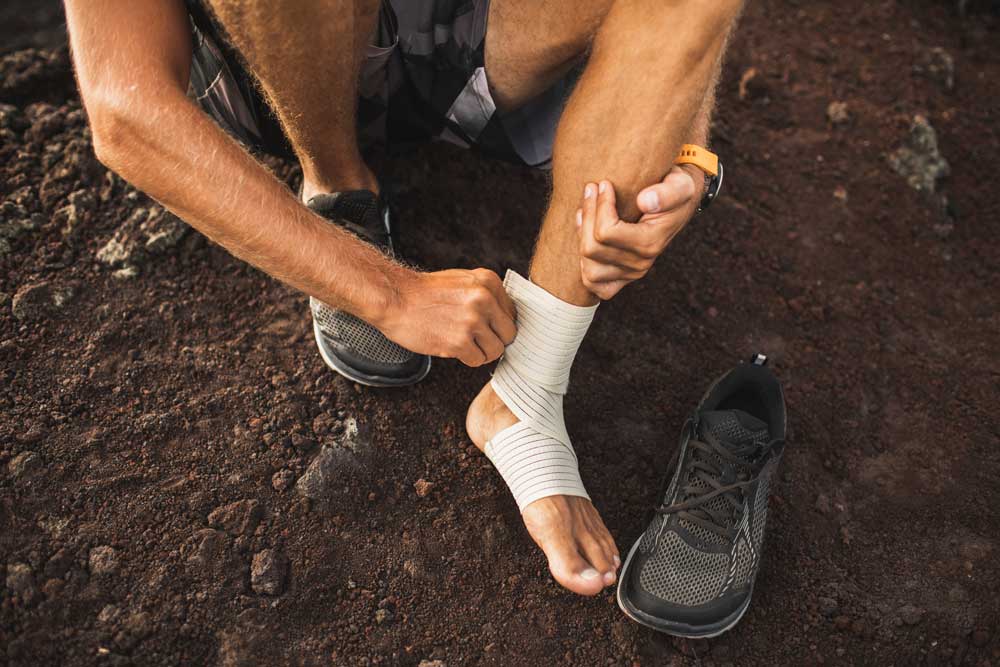
Be built (to last).
The right supplements can help you recover naturally and build a resilient body.
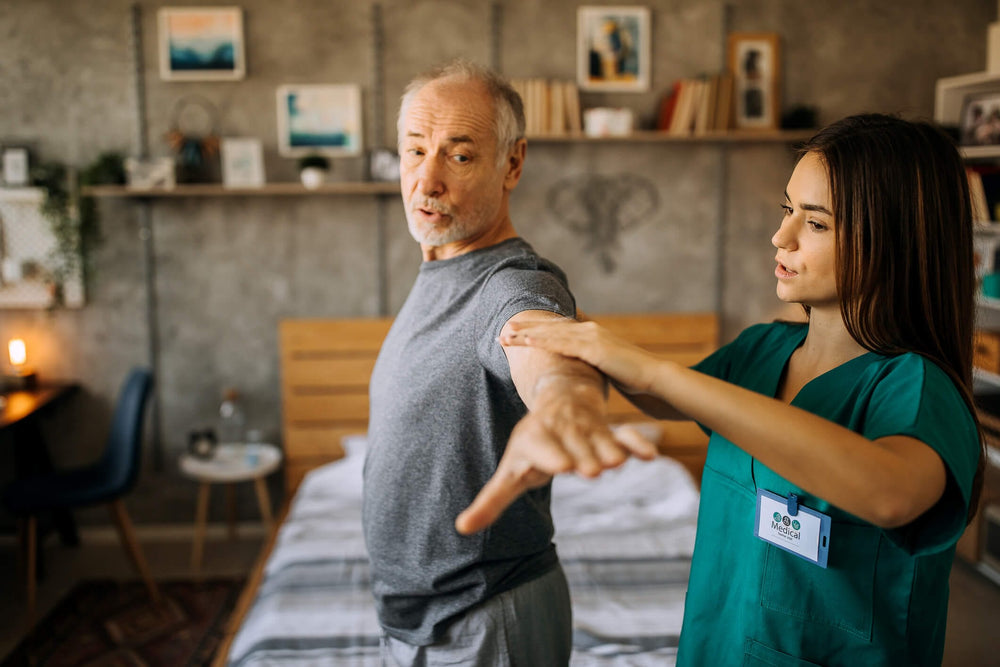
Supplement Quiz
Take this short quiz to discover the perfect supplements for your needs and goals.
About SaltWrap
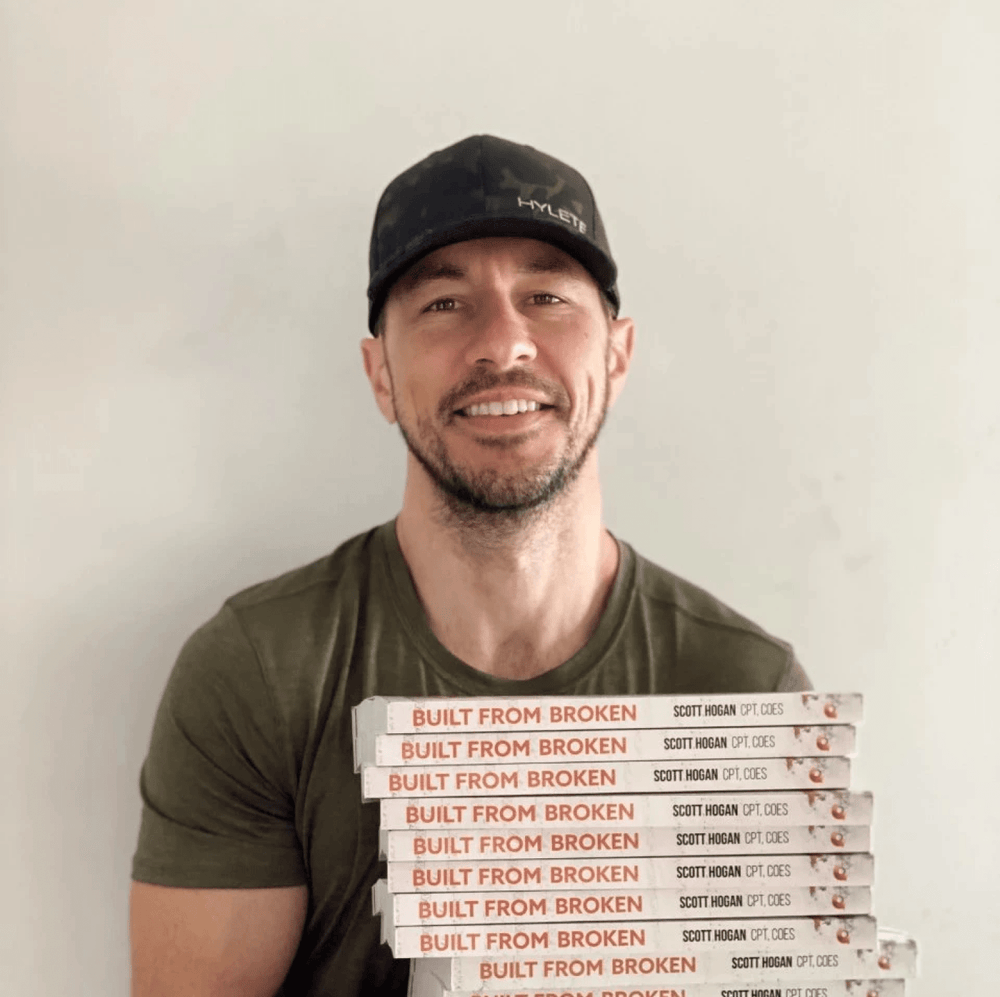
Built from Broken
Get the best-selling book from SaltWrap founder, Scott Hogan, and start rebuilding today.
The 3 Best Natural NSAID Alternatives
By Joe Zagami
When most people have aches or pains, they reach for non-steroidal anti-inflammatory drugs (NSAIDs). Maybe you’re one of them. We don’t blame them – or you. NSAIDs are pushed as quick and easy solutions to the pain problem. Except they’re not solutions at all.
Read on to find out why, and to discover the three best natural NSAID alternatives.
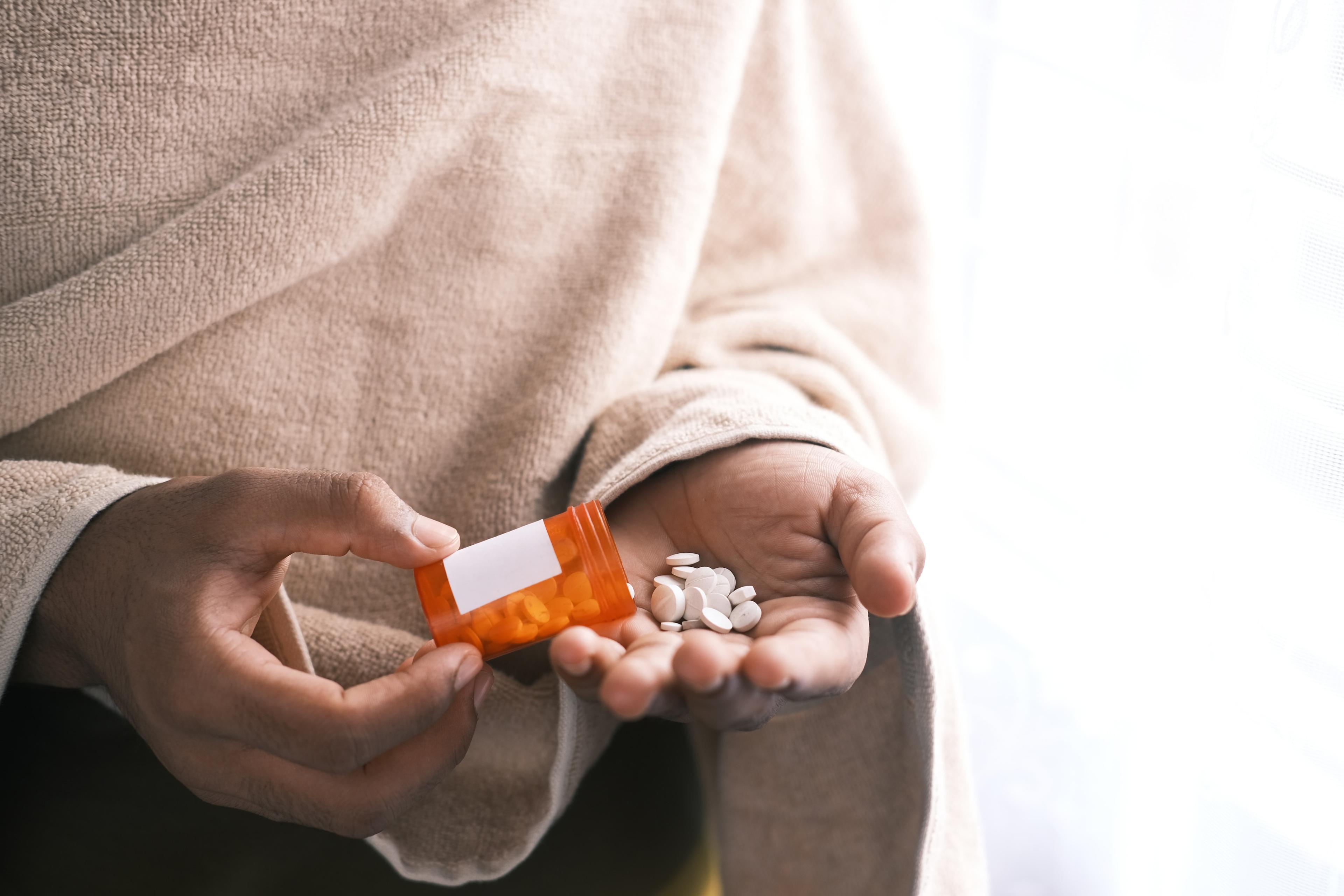
Understanding Inflammation
Before we get into NSAIDs, let’s take a minute to understand what inflammation is. It’s not the boogeyman that some make it out to be. Under the right circumstances, inflammation is a good thing.
Inflammation is the body’s natural response to injury, irritation, and infection. Like most things, it all boils down to balance.
A little bit of inflammation in response to an acute injury is a good thing. An example of this would be redness and swelling around a cut. Those symptoms mean your immune system is doing its job. It’s like your body is firing a flare gun so that white blood cells can get where they need to.
Too much inflammation, on the other hand, is a bad thing.
Being in a state of chronic inflammation can lead to a host of serious conditions. From things like joint pain and digestive issues to potentially fatal diseases. So, it’s fair to say that balancing the inflammatory equation is critical for long-term health.
But let’s back up for a moment. When it comes to acute pain, sometimes people just want quick and easy relief. They don’t care much about the means if it results in substantial relief.
That’s where NSAIDs come in.
How Do NSAIDs Work?
How do NSAIDs reduce pain and inflammation?
The short version is that NSAIDs block the synthesis of prostaglandins. These are pain-signaling molecules that are involved in both our inflammatory response and our perception of pain.
To do this, NSAIDs interfere with the production of the cyclooxygenase enzymes COX-1 and COX-2.1
Blocking these enzymes seems like a great idea. After all, COX-2 is mainly produced in response to inflammation. This is why NSAIDs seem like a no-brainer for most athletes or active people who frequently deal with aches and pains.
But one keyword in the previous sentence can lead to problems…
The Problem With NSAIDs
It’s true that NSAIDs can provide quick and dirty pain relief. But if you’re popping NSAIDs every few hours, day after day? That’s where problems can arise.
One of these problems is that NSAIDs don’t treat the root causes of pain and inflammation. Because of this, it can create a cycle where NSAIDs are taken frequently or in large doses over time as the underlying problem goes unresolved – and likely gets worse.
And make no mistake, one of the biggest issues with NSAIDs has everything to do with frequency.
COX enzymes aren’t just part of the inflammatory response. They also help maintain the structure of our stomach lining and intestinal barrier.2
Over time, inhibiting these enzymes can compromise the structural integrity of both. And with time, frequent NSAID use can lead to:
-
Digestive and gastrointestinal issues, including increased intestinal permeability (leaky gut), ulcers and bleeding, and gut dysbiosis3 4
-
Kidney, liver, and heart damage5 6 7
-
Increased risk of heart attack and stroke8
-
Disrupted ATP (energy) production and mitochondrial dysfunction9 10
-
And, oddly enough, the loss of bone mass.11
Plus, many people build a tolerance to NSAIDs with time. The longer they rely on them, the higher the dosage they need to see results. (And many still find themselves taking NSAIDs every day.)
This doesn’t just mean less bang for your buck. It can also put you at increased risk of running into those nasty side effects mentioned above.
So, what’s the solution?

Above: There's no shortage of NSAIDs on the market, but many of them come with major potential downsides.
The 3 Best Natural NSAID Alternatives
There are powerful, natural ways to get the same desired effects of taking NSAIDs – pain and inflammation relief – but without the same risks. Here are three of the best.
Cissus quadrangularis
Also known as devil’s backbone (!), this plant is native to parts of Arabia, Africa, and Asia. It has been used for thousands of years for treating everything from hemorrhoids to allergies and bone fractures.
No surprise, people have long used it for treating pain. And studies have recently linked it to pain relief. One study found that men taking Cissus significantly reduced exercise-related joint pain after eight weeks.12
Curcumin
This anti-inflammatory compound is found in turmeric, which has been used medicinally in Asian countries for thousands of years. Its antioxidant effects make it an excellent choice for reducing inflammation.
One study found that people taking curcumin reduced joint stiffness by 86% in six weeks. On top of that, their subjective pain levels improved by 40%.13
Grape Seed Extract
Grape seeds are packed with natural inflammation-busting compounds like antioxidants, flavonoids, and anthocyanins. Grape seed extract concentrates this power – and takes the effects to another level.
Studies have shown it can help reduce inflammation from overtraining and lower overall oxidation levels in the body.14 Another study found that it lowered subjects’ c-reactive protein levels (a measure of inflammation) by 38%. Even more encouraging, yet another study found that grape seed extract was able to reduce leg swelling by up to 70%.15
These aren’t the only natural alternatives to NSAIDs for pain and inflammation. You can find even more solutions in our post, Supplements for Injury Recovery: The Definitive Guide.
Clinical Advisory Board Commentary

Dr. Ro Mahajan, MD
Board-Certified Pain Physician
I often recommend curcumin to patients looking for natural pain relief. I like curcumin because it is effective and easy for patients to find in the proper dosages. That last part is more important than you might think. In my experience, patients often have difficulty identifying the correct dosage and frequency of their supplements.
In the case of curcumin, I generally suggest aiming for 500 to 1,000 mg per dose taken twice daily.
Additionally, I recommend finding a product that uses a high-quality source of turmeric yielding 95% curcuminoids.
Putting It All Together
Are NSAIDs the most dangerous things you can put in your body? Probably not. But we wouldn’t exactly call them safe, either.
From a pragmatic perspective, for most people, they’re more of a necessary evil than a viable solution to pain and inflammation.
Does that mean you should never use them again? No.
Does it mean you should try to find natural alternatives that could provide similar (if not better) relief – and without the risk of making the underlying problem worse? Yes.
Any of the natural NSAID alternatives we detailed in this post would be a good place to start.
And if you’re looking for robust natural solutions for joint pain that can help you come back stronger, check out the many Therapeutic Sports Nutrition™ formulas in the SaltWrap store.
-
https://bpspubs.onlinelibrary.wiley.com/doi/full/10.1038/sj.bjp.0706201
-
https://www.frontiersin.org/articles/10.3389/fphar.2020.01153/full
-
https://www.health.harvard.edu/heart-health/heart-safer-nsaid-alternatives
-
https://www.health.harvard.edu/heart-health/heart-safer-nsaid-alternatives
-
https://www.sciencedirect.com/science/article/pii/S0925443920301927
Founder: Scott Hogan

I created SaltWrap to bring together the most practical ideas in therapeutic sports nutrition, corrective exercise, and functional fitness — with the goal of keeping you (and myself) strong, mobile, and built to last.
I've worked as an A.C.E. Certified Personal Trainer, Orthopedic Exercise Specialist, and nutritional supplement formulator.
But more importantly — I've spent most of my life battling injuries, joint pain, and just being plain beat up. So I know what it's like to struggle toward fitness goals.
SaltWrap is here to push you through injuries, setbacks and perceived physical limitations. To a place beyond what you think you're capable of. Sign up here to stay in the loop.
Learn more about my best-selling injury prevention and recovery book, Built from Broken.

